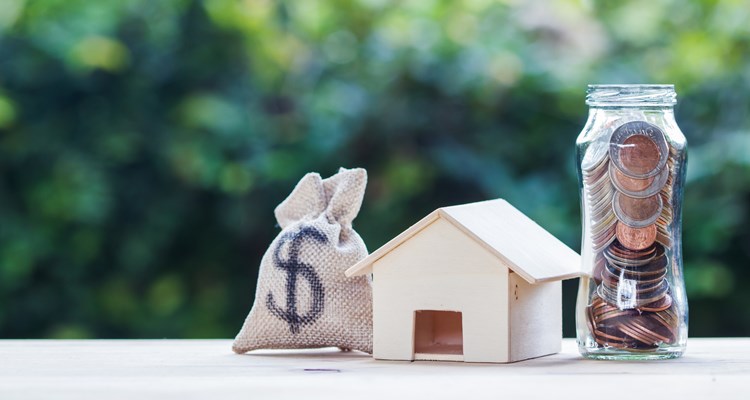Money can’t buy happiness. But it can go towards home improvements – or help you consolidate high-interest debt. Read more on Cash-Out Refinancing here!
What is a cash-out home refinance?
A cash-out refinance lets you turn your home’s equity into – you guessed it – cash. Simply put, it’s a loan that replaces your current loan in an amount that includes what you still owe, plus the cash from your home equity you want to take out.
For example, say you have a $400,000 mortgage and so far, you’ve paid off $250,000, leaving an unpaid balance of $150,000. If you need $100,000, your new mortgage loan amount will be $250,000. That’s $150,000 for the remaining balance, and $100,000 for the equity you’re accessing. Keep in mind that you most likely won’t be able to take out 100% of your home’s equity – the max LTV (loan-to-value ratio) is usually 80%.
What can you use it for?
Anything! It’s yours. However, since you’re going to be paying the money back, it’s wise to use it for worthwhile investments, such as home improvements. This adds value to your home, so you may be able to get more for it when it comes time to sell. As the saying goes, “You have to spend money to make money.”
Other common practical uses for this money include consolidating high-interest credit card debt, which could help boost your credit score. You could also invest in your child or grandchild’s future by using it for college tuition. However, you can use it however you like! Just make sure that you can keep up with your new payments.
When and how do you receive the funds?
Typically, you’ll receive the funds in a lump sum at closing. However, if you have a rescission period, which gives you time after closing to rescind the loan, you’ll wait until the end of that period to get your cash.
What you’ll need:
Just like a regular purchase/refinance, you’ll most likely need to provide the following paperwork:
- W-2s/tax returns
- Pay Stubs
- Bank Statements
- Credit Report
You may also need other paperwork, depending on your situation and lender. Additionally, it’s important to note that you’ll be responsible for closing costs, and any other type of fees you incur.
Getting cash-out home refinance can be a smart move if you need cash and have built some equity. Plus, rates are currently near historic lows, but could be rising soon, making it an opportunistic time to refinance. If you’re ready to access your home’s equity with a cash-out refinance, reach out to us today.
Related Articles:
Is a Cash-Out Refinance Right for You?
Can a Cash-Out Refinance Help with Major Expenses?
The 5 Benefits of a Cash-Out Home Refinance
